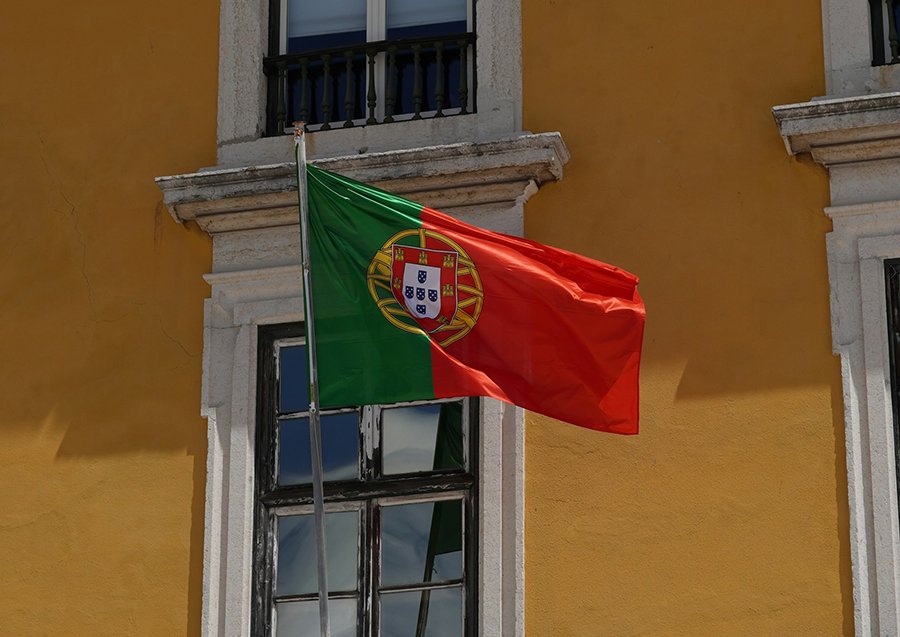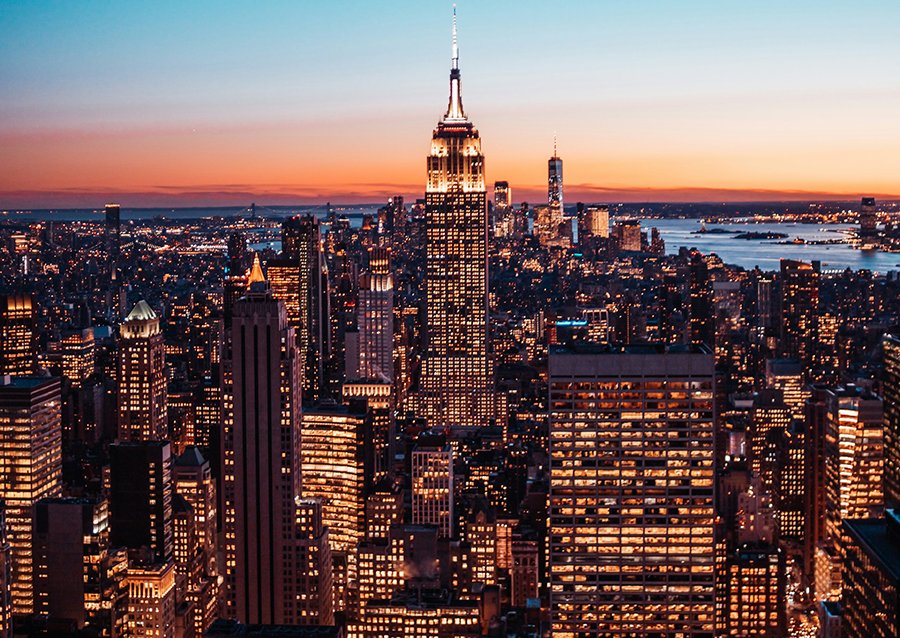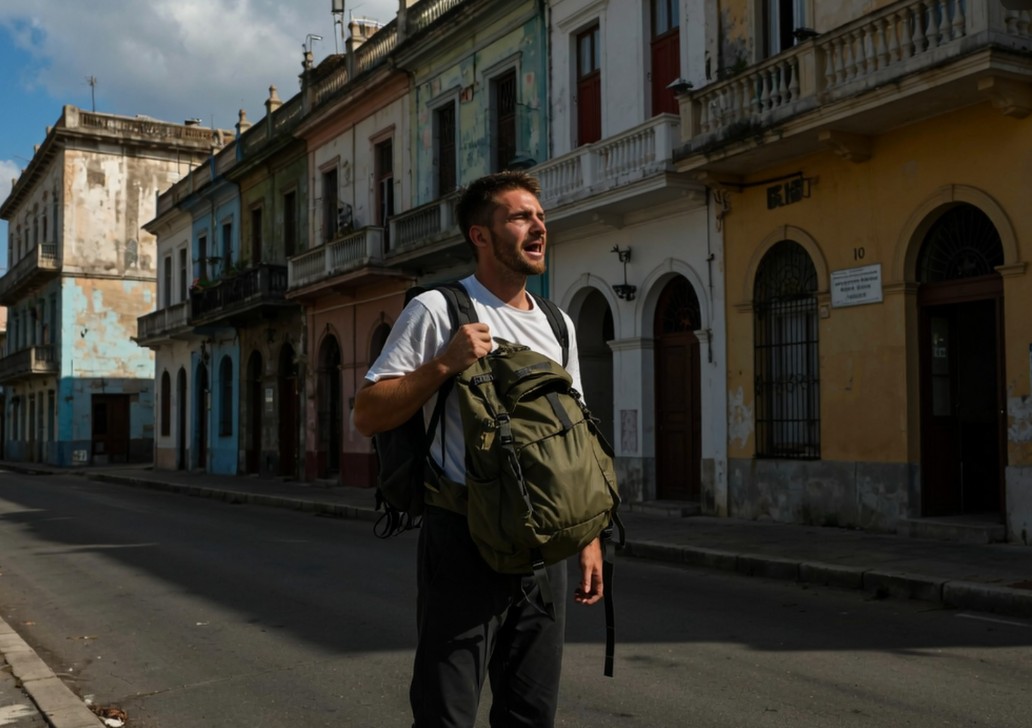читайте также
 Italy May End Tax Relief on Rental Income: What It Means for Landlords and Investors
Italy May End Tax Relief on Rental Income: What It Means for Landlords and Investors
 Airbnb shifts all fees to property owners
Airbnb shifts all fees to property owners
 Most Punctual Airlines of September 2025: Who Arrived on Time and Why It Matters
Most Punctual Airlines of September 2025: Who Arrived on Time and Why It Matters
 Ten Years to a Passport: New Citizenship Rules in Portugal
Ten Years to a Passport: New Citizenship Rules in Portugal
 Top 25 World Economies 2025: Who Shapes Global Growth
Top 25 World Economies 2025: Who Shapes Global Growth
 “Season of Strict Rules”: How Cities Around the World Are Tightening Short-Term Rental Laws — And What It Means for Guests, Hosts, and Investors
“Season of Strict Rules”: How Cities Around the World Are Tightening Short-Term Rental Laws — And What It Means for Guests, Hosts, and Investors
Luxury Travel Takes Off: How Demand Is Changing and Where to Find ‘Quiet Luxury’
The global luxury travel market continues to grow — and this is now a long-term trend. According to industry estimates from the brief, its size in 2023 was about $890.8 billion, and by 2035 it could reach $2.15 trillion with a ~7.4% CAGR. The logic behind these numbers is simple: the world has more affluent travelers, and the demand for privacy, flexibility, and a tailor-made experience is becoming the norm rather than the exception.
What Counts as Luxury Travel Today
Luxury is not only “five stars” and lavish interiors. It’s a fully customized itinerary: private flights, boutique hotels, access to closed locations, exclusive tours, chef’s tables, spa rituals with a medical consultant, and seamless logistics. The point is quality and depth of experience, not conspicuous consumption.
What’s Fueling Demand
Rising wealth and HNWIs. In emerging economies, a larger cohort of affluent clients is willing to pay for time, comfort, and privacy.
Customization and privacy. “I want it my way” is the key driver — from quiet luxury to one-of-one itineraries.
Technology as service. Personal AI trip planners, instant concierge, digital check-in/out, AR/VR previews — all raise quality and reduce travel friction.
A shift to immersion. Fewer box-ticking “I’ve been there” moments, more meaning: private safaris, treks to remote sacred sites, chef-led food tours, vintage yachting, artist residencies.
Season Trends: From Safari to Wellness Retreats
Adventure in a luxury format. Private safaris and expeditions to remote places with top-tier comfort.
Boutique cruising. Small ships/yachts with curated routes and “short excursions” away from the crowds.
Culture and gastronomy. After-hours museum access, private viewings, behind-the-scenes tasting menus, cellars with a sommelier.
Wellness 2.0. Medical checkups + recovery + spa protocols = “a trip after which you genuinely feel better.”
“Silver Hair” (50+) as the Market’s Big Surprise
Travelers 50+ are bringing in more revenue. They have the key advantages — time and capital. They choose comfortable yet rich programs: culture, nature, gastronomy, thermal resorts, gentle activities (hiking, cycling), medical wellness. Quality and meaning matter more than hype.
Luxury Tiers: From “Absolute” to “Accessible”
Absolute luxury. Ultra-clients with private jets/yachts and fully confidential service.
Aspiring luxury. Entering luxury through selective upgrades: long-haul business class, boutique lodges instead of “mass” hotels.
Accessible luxury. Quiet luxury and selectively premium elements — where design, location, and service matter more than showy opulence.
Europe — A Perennial Magnet for Premium Demand
History, the density of cultural events, transport accessibility, and high service standards make Europe the base continent for luxury travel. It’s easy to combine the “three-in-one”: culture + gastronomy + wellness in a single route.
A Case of “Quiet Luxury” by the Sea: Wyndham Grand Batumi Gonio (Georgia)
Georgia’s Black Sea coast has quickly entered the sights of discerning travelers: a mild climate almost year-round, gastronomy, mountains “in the front row,” and modernizing infrastructure. Standing out on this map is Wyndham Grand Batumi Gonio — a flagship project in the premium Gonio district managed by the international network Aimbridge Hospitality EMEA.
Why It Works for the Luxury Client:
Waterfront setting + mountain views. Gonio privacy without the crowds of the central promenade.
International-level service. Wyndham Grand means consistent standards and polished soft skills.
All-season format. Autumn/winter for wellness and gastronomy; spring/summer for sea, yachting, trekking, and Adjara wineries.
One-hour radius routes. Mountains, canyons, thermal springs, wineries, and vivid cuisine — without complex logistics.
For “silver hair” travelers, it’s a safe, gentle, and rich resort with clear wayfinding and medical/spa options. For connoisseurs, it’s a convenient base for private excursions to mountain monasteries, tea plantations, and family wineries with tastings.
Important: for peak-season bookings on the Black Sea, plan dates in advance; if privacy is a priority, confirm suite category and access to quiet zones (lounges, private pools, spa slots).
How to Build Your Luxury Itinerary: A Quick Guide
Define the trip’s meaning. Recovery? Culture? Gastronomy? Adventure? Prioritize one or two pillars — let the rest align around them.
Schedule “pauses.” Luxury values rhythm over density: a “wow” day, then a recovery day.
Choose quiet luxury. Boutique hotels, branded private apartments, serviced suites — less noise, more service.
Frictionless logistics. Morning flights, generous connections, and single-touch transfers via the hotel concierge.
Be responsible to nature and people. From operator choice to behavior on trails and in communities, sustainability matters.
What’s Next for Luxury Travel
Personalization will go even deeper. Clients will demand privacy and restorative, rejuvenating (wellbeing) trips; destinations will balance popularity with stewardship of landscapes and local communities. Those who can combine quiet luxury, culture, and nature — without quality trade-offs — will win.
Подсказки: luxury, travel, premium hotels, wellness, gastronomy, Georgia, Batumi, Wyndham Grand, Aimbridge, quiet luxury, 2025






